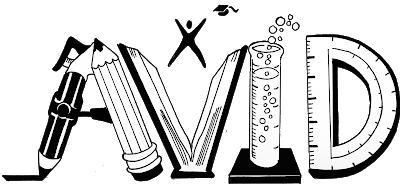One question I found myself asking students when I was working in an elementary school was, how did you get that answer? I often worked on math with several students one on one and I would ask this all the time to check how well the student was able to explain their thought process. I intended the question to make the student stop and think about why, for example when adding double digit numbers, they automatically added the ones first and then the tens. I remember for several students this would be very difficult for them to process in their own words why they were doing certain things. I liked this question because it made their struggle very obvious and I could just see their brain working and thinking hard about how to answer the question. I noticed in certain classes students weren't really being pushed to cognitively think about the why. Questions like these seemed to help them grasp the concepts just a little more and it made it very clear where students needed more work and when it was time to move onto more difficult topics. The question is very reflective and was asked after the student had completed a process.

Another question that I remember being asked in my middle school avid class that was similar to this was the simple question of why. Like the other question above it made me think cognitively about what I was doing. It helped me organize my thoughts and allowed me to explain it in a way where I could teach it to someone else. Being able to explain something enough to help another person understand it shows deep comprehension on your part. Avid really helped me critically think about different subjects not just STEM subjects. I remember every week we would have to come to class with a question we had in one of our classes and we had to ask the question to the class. The class would have to help us answer this question without directly giving us the answer. They would only be able to guide us through each step with very limited help form the teacher. I loved these activities because it really makes you think outside the box about what you need to say to get the person closer and closer to the answer. It made our thinking very structured in terms of how we would progress through each question step by step. We had to get the student to think about the next step without explicitly telling them what to do. These questions were more cognitive because they would occur throughout the thinking process and guided student thinking rather than reflect on it.
